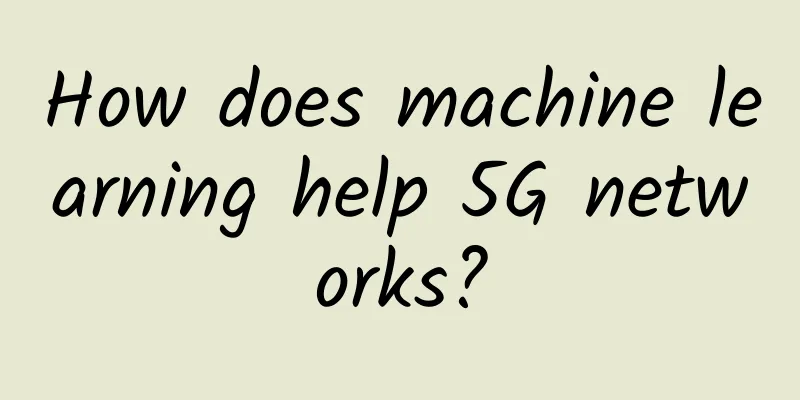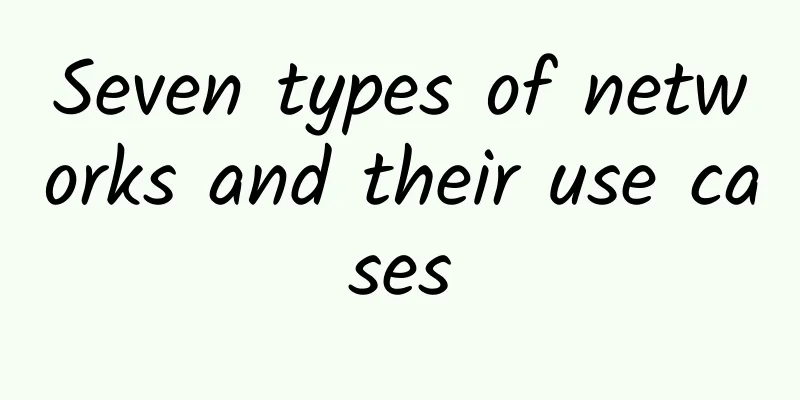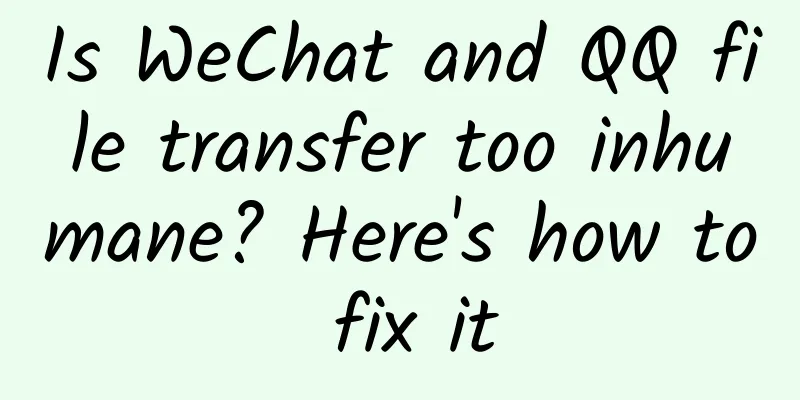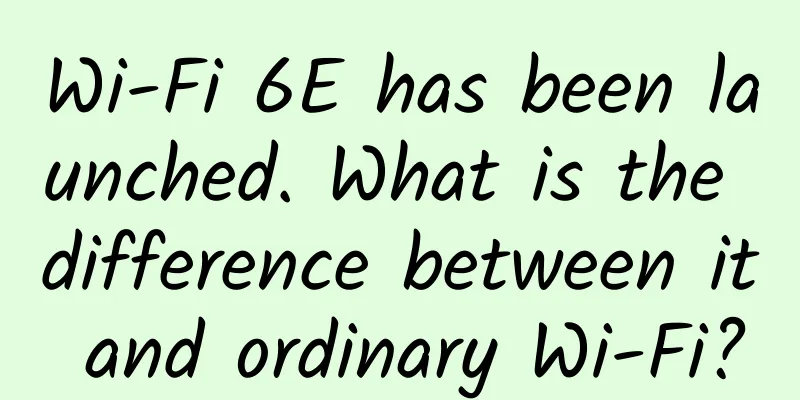How does machine learning help 5G networks?

|
Machine Learning Machine learning is a field of engineering that has matured significantly over the past decade, thanks to the increasing power of computing systems and the availability of data. Unlike traditional systems, machine learning provides engineers with a tool that can not only be taught to recognize patterns, but also learn from its environment, which helps improve its performance over time. In the early development of machine learning, it was mainly used for image and speech recognition, but this is changing in recent years. Machine learning is now widely used in fields such as medical diagnosis, stock market decision-making and even environmental control. Channel Search Wireless technology is incredibly complex, with each technological iteration adding an extra layer of complexity. The first wireless technologies based on radio signals would use spark gaps to receive the signal, while the next generation of radios would use diodes to demodulate the signal to extract the audio information. After several iterations of wireless technology, complex digital circuits combined with cryptographic functions would be deployed to keep information private. Now that many devices are moving towards mobile technology, there is a high demand on cell towers with potentially thousands of simultaneous connection requests. To help manage this load, radio systems are deployed with channels that handle a very high number of devices per channel, and devices in one channel cannot interfere with devices in another channel. However, finding a channel with low traffic can take a while, and using a good channel is often a factor of nearby devices and the environment. Since trial and error is used to select a channel, inefficiencies can lead to increased energy consumption and increased execution time. Machine Learning Applications To address this problem, a team of researchers at the National Institute of Standards and Technology (NIST) developed a mathematical formula that behaves like a machine learning algorithm. Essentially, the formula selects a wireless network channel based on a priori experience rather than using trial and error. Since the system had a selected configuration in the past in relation to external factors, it can be argued that the same setup offers a better chance of functioning. The need for such a system stems from the fact that mobile networks are deploying a solution called License Assisted Access, which uses both licensed and unlicensed bands. This means that environments where both Wi-Fi and cellular devices are in use end up competing on channels, resulting in slower channel finding. So if both antennas (Wi-Fi and mobile) use a machine learning-like formula to find good channels, they can operate independently to find the best solution. The formula, which maps environmental conditions, such as the number of transmitters and channels present, can reduce the number of attempts from 45,000 to 10, making it 5,000 times faster, according to computer simulations. Machine learning’s ability to adapt to its environment allows it to improve performance over time. Such algorithms don’t have to be limited to audio and video applications. In theory, they can improve any process. Therefore, engineers should look at their own designs and try to identify situations that involve trial and error, and then see if they can be replaced with a learning algorithm. |
<<: Mathematical formula could help 5G networks share communication frequencies efficiently
>>: Where does the power of high-performance 5G core network come from?
Recommend
No-nonsense version: What are the common high-risk ports? Why should you close them?
Common high-risk ports (1) TCP port 21: The defau...
How to improve the energy efficiency of communication construction?
In recent years, as the demand for connectivity c...
With the advent of 5G, will the future of commercial Wi-Fi be a setback or a step forward?
Entering the Internet age, the Internet allows pe...
Poor performance! British media exclaimed that Europe's 5G competition is rapidly falling behind the United States and Asia
The Financial Times website recently reported tha...
Hostodo: Las Vegas/Miami NVMe hard drive VPS from $19.99 per year
Hostodo is a foreign VPS hosting company founded ...
The transformation path of communication engineers in the 5G era
[[263696]] The 5G era is an era of great integrat...
Ruishu Information opens a new starting point for "dynamic braking" security to identify and block the batch output of information by "legal insiders" in banks
On November 5, 2016, CCTV reported that the Miany...
The three major operators are about to adjust, and the low standard of 5G tariffs is coming, and both new and old users have opportunities
2019 can be said to be the first year of 5G base ...
The inheritance of mobile communications from the 1G era
This article is reprinted from the WeChat public ...
Behind the surging IPv6, how much do you know about the DHCPv6 protocol?
With the popularization of IPv6 technology, DHCPv...
It took two years for 5G messaging to be officially commercialized. Is that it?
With the development of science and technology, t...
Dubbo 3.0? No! RSocket is the eternal god
[[411111]] background The hottest topic in the do...
5G bearer network operation is difficult, but machine learning technology can solve it
5G commercialization is getting closer and closer...
Ten pictures and five questions to help you thoroughly understand Kafka architecture tuning
1 Do you know how Kafka's ultra-high concurre...









